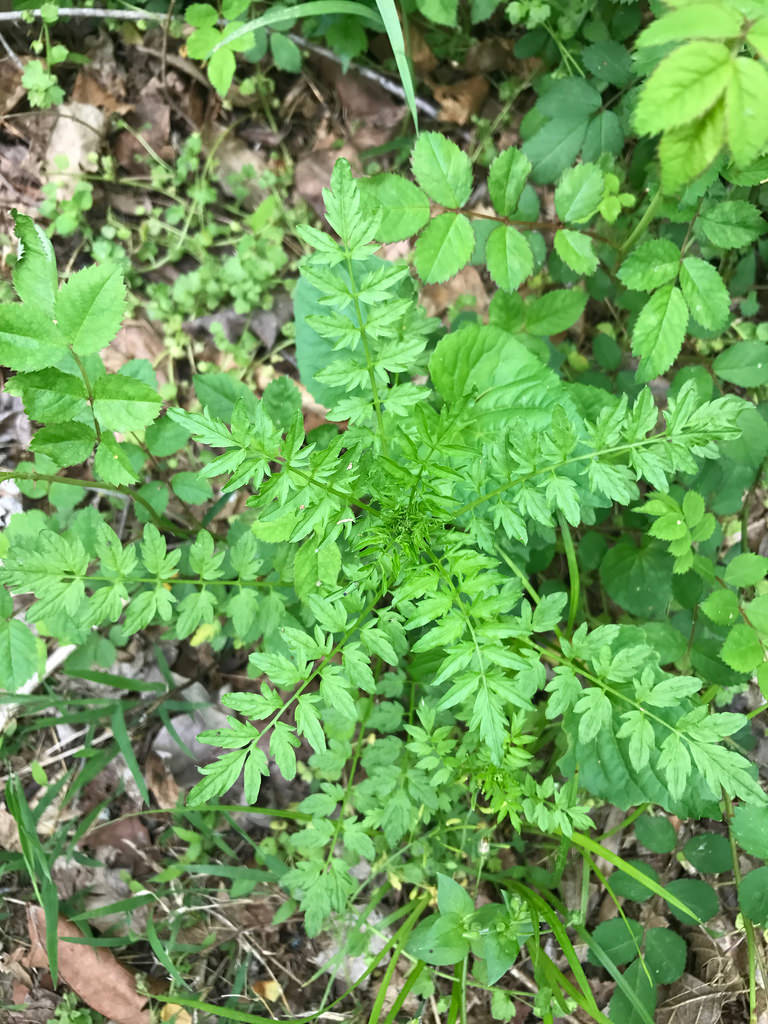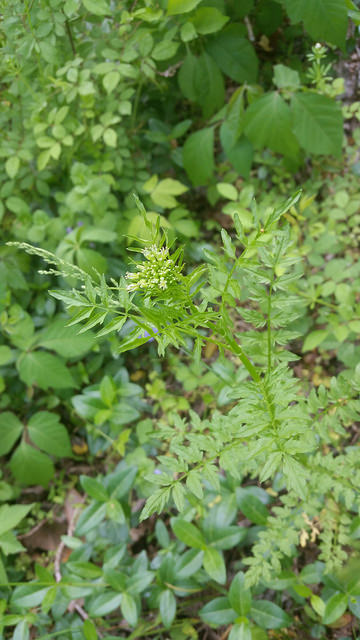Map Snapshot










98 Records
Status
Narrowleaf Bittercress is native to Europe. This non-native invasive mustard was first discovered in New Hampshire in 1916, and has since spread throughout the Northeast and west to eastern Minnesota. Maryland's first records are from Charlie Davis who first collected the species south of Monkton along the Gunpowder River (Baltimore County) in 1986. This specimen is housed at Towson University Herbarium.
Narrowleaf Bittercress grows in moist soils of rich woods. Ditch edges, seeps, and stream banks are favorable habitats.
Description
Narrowleaf Bittercress can be differentiated from other Cardamine species by having stem leaves with seven or more leaflets. The stem leaves have sagitate-auriculate bases, and acuminate tips. Most other Cardamine species with seven or more leaflets on the stem leaves have leaflets that are mostly obtuse.
Seasonality Snapshot
Source: Wikipedia
This article needs additional citations for verification. (January 2016) |
| Cardamine impatiens | |
|---|---|

| |
| Scientific classification | |
| Kingdom: | Plantae |
| Clade: | Tracheophytes |
| Clade: | Angiosperms |
| Clade: | Eudicots |
| Clade: | Rosids |
| Order: | Brassicales |
| Family: | Brassicaceae |
| Genus: | Cardamine |
| Species: | C. impatiens
|
| Binomial name | |
| Cardamine impatiens | |
Cardamine impatiens, the narrowleaf bittercress[1] or narrow-leaved bitter-cress,[2] is a plant species in the genus Cardamine of the family Brassicaceae. It is a slender, biennial herb, that produces sterile leaves in the first year, one to several flowering stems during the next. Its leaves are pinnate with several pairs of lanceolate, dentate leaflets and a terminal, slightly longer leaflet. The short petals surpass the calyx by half of its length. The seeds are arranged in one row on each side of the central membrane of the narrow pod and are ejected out in a shower due to the tension formed as the seed pod (silique) dries. It grows on walls, open ground in shady places in forests usually disturbed by human activity.
References
[edit]- ^ NRCS. "Cardamine impatiens". PLANTS Database. United States Department of Agriculture (USDA). Retrieved 10 January 2016.
- ^ BSBI List 2007 (xls). Botanical Society of Britain and Ireland. Archived from the original (xls) on 2015-06-26. Retrieved 2014-10-17.













